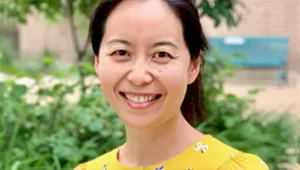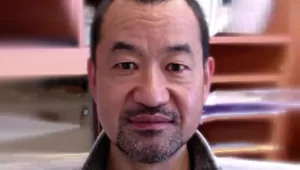Symposium (Speakers)

Rajat Rohatgi, MD, PhD
Rajat Rohatgi is a physician-scientist with appointments in the Department of Biochemistry, Department of Medicine/Oncology and Cancer Institute at Stanford. He completed his AB, MD and PhD degrees at Harvard, working with Jack Szostak on RNA biochemistry and Mark Kirschner on the actin cytoskeleton. His graduate work described the first pathway that transmits signals from the cell surface to the initiation of actin assembly, critical for fundamental cellular processes like motility, membrane trafficking and signal transduction. He then trained in internal medicine and medical oncology at Stanford Hospital, followed by a post-doctoral fellowship in Matthew Scott's lab. In the Scott lab, he was one of the first to show that Hedgehog (Hh) signaling is driven by the dynamic trafficking of membrane proteins at primary cilia and subsequently developed many of the biochemical and cell biological tools extensively used in this field. Since starting his own group in 2010, his lab has made many contributions at the interface of Hedgehog signaling and cilia cell biology. Key advances include how the membrane proteins Patched 1 and Smoothened transmit the Hedgehog signal across the ciliary membrane, how the Gli family of transcription factors are regulated by ciliary trafficking, how Smoothened signaling is regulated at ciliary microdomains and how membrane-tethered ubiquitin ligases regulate the accumulation of signaling receptors at the ciliary membrane. In addition to basic insights, this work has elucidated the molecular mechanism of human birth defect syndromes that affect multiple organs such as the skeleton, heart and brain.
Symposium (Speakers)

Rajat Rohatgi, MD, PhD
Rajat Rohatgi is a physician-scientist with appointments in the Department of Biochemistry, Department of Medicine/Oncology and Cancer Institute at Stanford. He completed his AB, MD and PhD degrees at Harvard, working with Jack Szostak on RNA biochemistry and Mark Kirschner on the actin cytoskeleton. His graduate work described the first pathway that transmits signals from the cell surface to the initiation of actin assembly, critical for fundamental cellular processes like motility, membrane trafficking and signal transduction. He then trained in internal medicine and medical oncology at Stanford Hospital, followed by a post-doctoral fellowship in Matthew Scott's lab. In the Scott lab, he was one of the first to show that Hedgehog (Hh) signaling is driven by the dynamic trafficking of membrane proteins at primary cilia and subsequently developed many of the biochemical and cell biological tools extensively used in this field. Since starting his own group in 2010, his lab has made many contributions at the interface of Hedgehog signaling and cilia cell biology. Key advances include how the membrane proteins Patched 1 and Smoothened transmit the Hedgehog signal across the ciliary membrane, how the Gli family of transcription factors are regulated by ciliary trafficking, how Smoothened signaling is regulated at ciliary microdomains and how membrane-tethered ubiquitin ligases regulate the accumulation of signaling receptors at the ciliary membrane. In addition to basic insights, this work has elucidated the molecular mechanism of human birth defect syndromes that affect multiple organs such as the skeleton, heart and brain.








